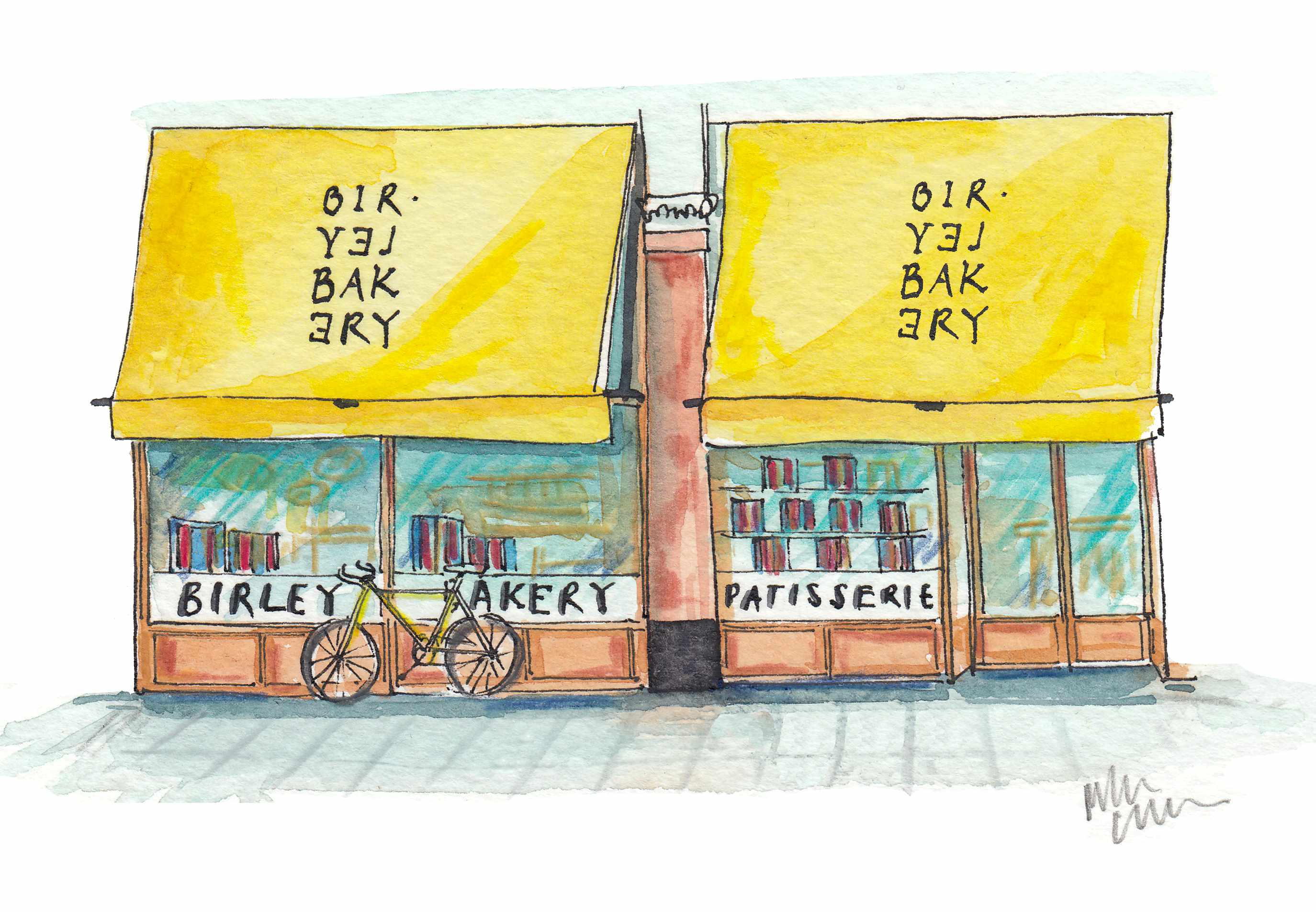A bountiful season of asparagus
The first asparagus of the year are a delicious arrival in the garden, and the warmer weather means it is time to start planting out in earnest


May 20, 2005
The excitement of this month is the asparagus. One day, you begin to see the tips of a few shoots and then suddenly they start growing all over the bed as quickly as you can pick them. I had experimented with growing asparagus through the black-fibre-and-gravel mulch in the Jungle Garden at Burton Agnes with great success. So when it came to setting up the garden at Swinton, I decided to do it on a much larger scale. We had covered the 13,000sq ft area the previous summer with the fibre and gravel and then, at the end of March, we raked the gravel to one side of 2.5ft-wide rows, cut out a 12in strip from the centre of the exposed fibre and folded the remainder to each side. We then dug a trench 8in deep by 2ft wide.
The 3,000 one-year-old crowns duly arrived at the be-ginning of April and were planted in staggered double rows 12in apart in the trenches and re-covered with the soil. The strip of fibre was put back between the double rows and re-covered with the gravel. As the shoots came through the slit, the fibre was cut-into hori-zontally beside each clump to make a cross and give the shoots plenty of room to grow. The mulch keeps down the weeds, keeps the moisture in and makes picking a nice clean job.
In the first year, we did not pick at all, to give the young plants a chance to establish; last year, we picked for just two weeks; this year will be four weeks; and, in future years, having mature plants, we can pick until the middle of June. In warm weather, you need to pick every day and most of it goes straight into the restaurant and for sale to guests.
Towards the end of the month, I sow chard. If I could only grow one vegetable, chard would be my choice. The green leaf is cooked and eaten like spinach and the leaf rib and stalk make a separate vegetable rather like sea- kale. It would not look out of place in a flower border, especially the coloured varieties. It will continue to grow until the frosts and then, after a rest in the winter, it will come again the following spring until it runs to seed. I sow it in holes in the black groundcover as it makes a large plant and they need to be 12in apart.
In order to protect the small seedlings from the groundcover knocking them about in the wind, I cut plastic bottles into 4in rings and place them in the holes. I then fill them with seed compost and sow two or three seeds in each, before thinning them to one when they germinate.
The question uppermost in one's mind at the end of May is: are the frosts over?
Sign up for the Country Life Newsletter
Exquisite houses, the beauty of Nature, and how to get the most from your life, straight to your inbox.
I invest in large rolls of horticultural fleece (for emergency covering of crops) as an insurance, as I like to plant out when the plants are ready, rather than when the weather is right. I will plant out all the courgette and squash plants in the second half of this month along with the sweetcorn, half-hardy annuals and chrysanthemums in the picking garden.
The young cardoon and globe artichoke plants are also ready to go out and will be used to fill in gaps and start new rows. The runner and French beans can be sown outside. These are also sown in holes in the groundcover with some seed compost dug in, but as they are large seeds and with strong shoots, I will not use the plastic collars.
Susan Cunliffe-Lister will be hosting Garden Lunches at Swinton Park on Monday, May 30; Tues-day, June 28; and Monday, July 25. For details, contact Swinton Park Hotel, Masham, Ripon, North Yorkshire (01765 680900; www.swintonpark.com).
Chef's tip: Asparagus is a vegetable that requires little work. Try simply pan frying in a little butter, rock salt and freshly ground black pepper and finish with homemade mayonnaise. For the more adventurous, wrap the shoots in smoky bacon, pan roast and present on creamy mashed potato with fried quail's eggs and mustard-seed vinaigrette.
Swinton Park hotel and restaurant is at Masham, Ripon, North Yorkshire. Telephone 01765 680900 orwww.swintonpark.com
Country Life is unlike any other magazine: the only glossy weekly on the newsstand and the only magazine that has been guest-edited by HRH The King not once, but twice. It is a celebration of modern rural life and all its diverse joys and pleasures — that was first published in Queen Victoria's Diamond Jubilee year. Our eclectic mixture of witty and informative content — from the most up-to-date property news and commentary and a coveted glimpse inside some of the UK's best houses and gardens, to gardening, the arts and interior design, written by experts in their field — still cannot be found in print or online, anywhere else.
-
 'That’s the real recipe for creating emotion': Birley Bakery's Vincent Zanardi's consuming passions
'That’s the real recipe for creating emotion': Birley Bakery's Vincent Zanardi's consuming passionsVincent Zanardi reveals the present from his grandfather that he'd never sell and his most memorable meal.
By Rosie Paterson
-
 The Business Class product that spawned a generation of knock-offs: What it’s like to fly in Qatar Airways’ Qsuite cabin
The Business Class product that spawned a generation of knock-offs: What it’s like to fly in Qatar Airways’ Qsuite cabinQatar Airways’ Qsuite cabin has been setting the standard for Business Class travel since it was introduced in 2017.
By Rosie Paterson